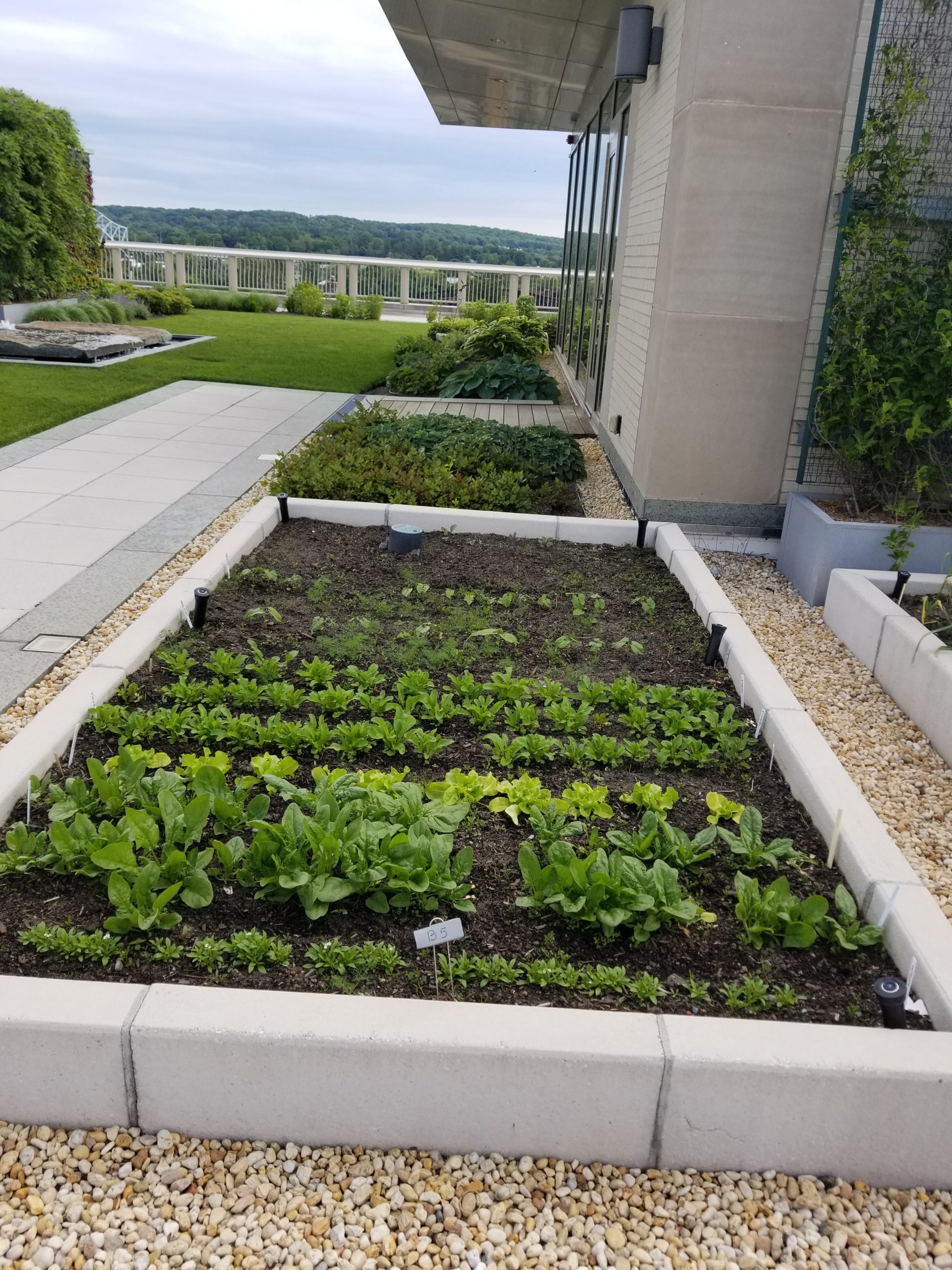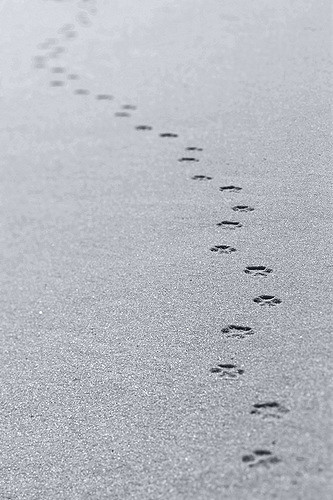*pronounced Es-SPAHL-Yay
 I’ve often wondered about espaliered trees, and they even figured in a short piece of fiction I once wrote. Espalier is the art of training dwarf trees to grow in a flat plane along a wall, fence, or trellis. They create an atmosphere of mystery, wonder, and an evocation of some kind of Garden of Eden. I’ve stopped to admire them at botanical gardens and occasionally at Ballek’s nursery in East Haddam. Because we see them in famous gardens, we tend to think of them as expensive or unattainable, as something no longer possible. As you will learn, you can easily grow an espaliered fruit tree for under $20 (under $30 if you choose a tree with four different types of apple or pear bearing branches) but you’ll need some simple hardware that might cost another $15. Or, you could just use bamboo, the way growers do. You will likely have fruit much sooner. I never bought an espaliered fruit tree from a nursery, but I did buy a very tiny birch that Nancy Ballek had pruned on dwarf rootstock that was highly contorted. Sixteen years later it is still 30” tall and about 40” wide. That demonstrates the power of dwarf rootstock. And that is the secret of espalier. Continue reading
I’ve often wondered about espaliered trees, and they even figured in a short piece of fiction I once wrote. Espalier is the art of training dwarf trees to grow in a flat plane along a wall, fence, or trellis. They create an atmosphere of mystery, wonder, and an evocation of some kind of Garden of Eden. I’ve stopped to admire them at botanical gardens and occasionally at Ballek’s nursery in East Haddam. Because we see them in famous gardens, we tend to think of them as expensive or unattainable, as something no longer possible. As you will learn, you can easily grow an espaliered fruit tree for under $20 (under $30 if you choose a tree with four different types of apple or pear bearing branches) but you’ll need some simple hardware that might cost another $15. Or, you could just use bamboo, the way growers do. You will likely have fruit much sooner. I never bought an espaliered fruit tree from a nursery, but I did buy a very tiny birch that Nancy Ballek had pruned on dwarf rootstock that was highly contorted. Sixteen years later it is still 30” tall and about 40” wide. That demonstrates the power of dwarf rootstock. And that is the secret of espalier. Continue reading














 The Middletown Garden Club has begun its eighth season of gardening on the rooftop of the Community Health Center. For the past seven years, our partner has been MARC, but Covid-19 has put that relationship on hold indefinitely. With approximately 500 square feet of irrigated raised beds, the rooftop garden has been highly productive. The carefully engineered soil and water-recapture system work to make the beds ideal for vegetable and root crops. Each year, we “open up” the gardens by removing any weeds that may have germinated over the winter, and begin to plan a new lay-out for the crops. We rotate plant locations to avoid any possibility of disease build-up in beds, especially where tomatoes are grown.
The Middletown Garden Club has begun its eighth season of gardening on the rooftop of the Community Health Center. For the past seven years, our partner has been MARC, but Covid-19 has put that relationship on hold indefinitely. With approximately 500 square feet of irrigated raised beds, the rooftop garden has been highly productive. The carefully engineered soil and water-recapture system work to make the beds ideal for vegetable and root crops. Each year, we “open up” the gardens by removing any weeds that may have germinated over the winter, and begin to plan a new lay-out for the crops. We rotate plant locations to avoid any possibility of disease build-up in beds, especially where tomatoes are grown.  In the course of our campaign to increase Middletown’s tree-planting budget, some people told us they would like to donate their own money to plant trees. That’s commitment! Then we heard about
In the course of our campaign to increase Middletown’s tree-planting budget, some people told us they would like to donate their own money to plant trees. That’s commitment! Then we heard about 
